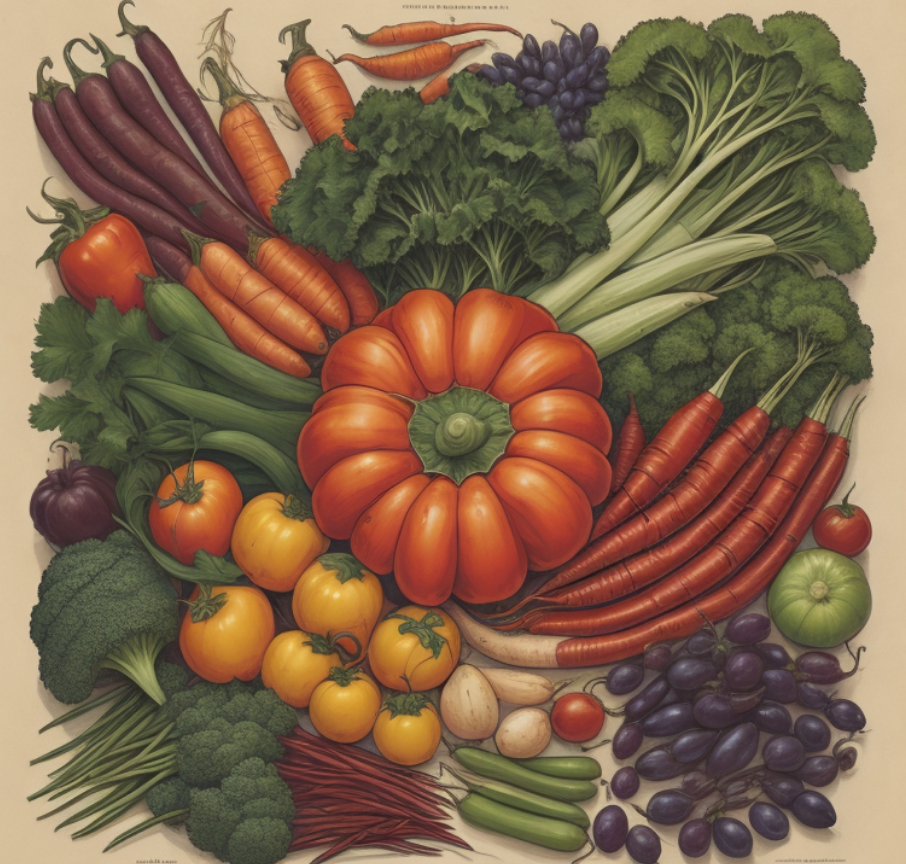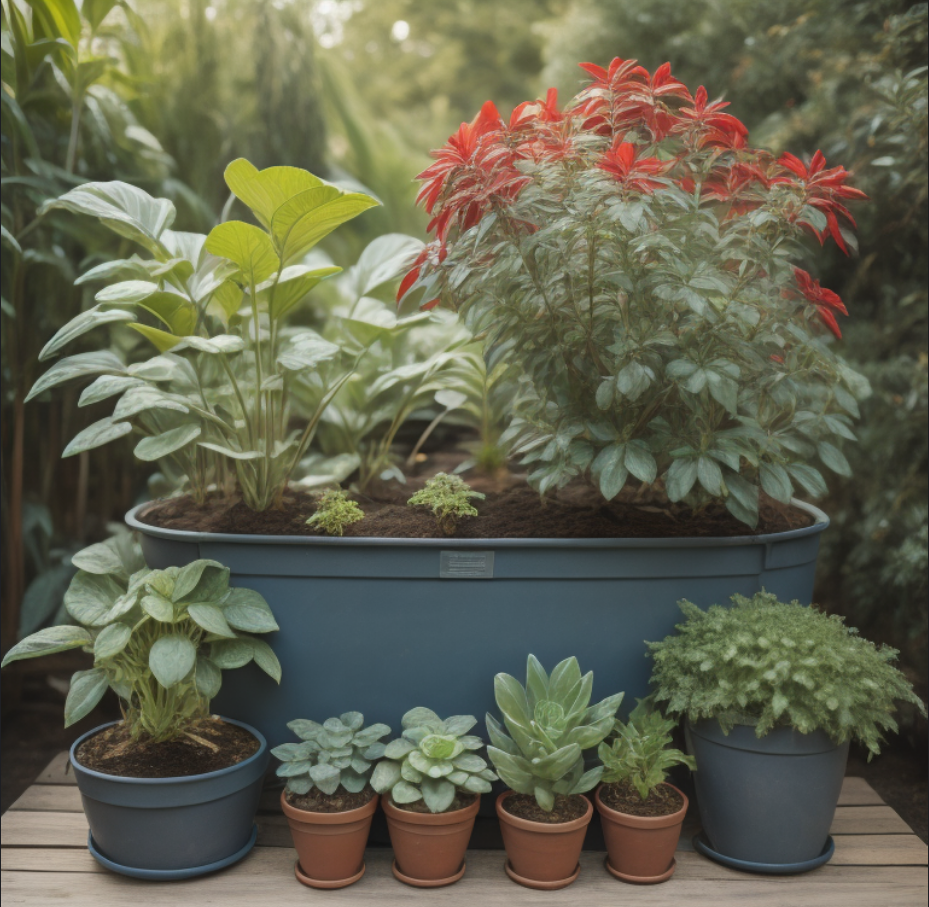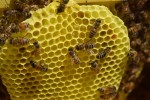Dad and Mom? Did There Used to Be Homes Without Gardens?
by JOHN ROBB (www.resiliantcommunities.com) on OCTOBER 14, 2012
It’s pretty amazing how quickly basic facts about how we live have changed.
For example: a little over one hundred years ago, nearly every household on this planet had a garden. It’s also probably safe to say that nearly everyone also knew the farmer that grew the food they didn’t grow themselves.
Today, in the developed world, most people don’t have food gardens and almost nobody knows who grows the food they buy at the supermarket.
Simply, we made a radical shift in how we live without much thought. From self-reliant independence to vulnerable dependence in a blink of a historical eye. Not too smart.
Rather than discuss why this shift happened, it’s more important to focus on why in a few short years, nearly every household will have a garden again AND why almost everyone will personally know (and trust) the farmers and artisans that produce the food they don’t grow, preserve, or prepare themselves.
Why is this going to happen?
In the short-term, it will be driven by necessity.
Over the long-term, it will be driven by a desire for the improvements in the quality of life and economic abundance it delivers.
Unfortunately, don’t expect any government mandate or program to help you make the shift.
In fact, as we have seen so far, the opposite is more likely. Portions of the government and many big corporations will oppose it since it challenges monied interests.
The real drive of the shift to food abundance will happen because people will choose to do so.
People and communities voting with their hands, minds, and pocketbooks for the following reasons, likely in this order:
- Security. Local food provides protection from increasingly severe disruptions in global food production and supply lines.
- Economic. Local food production can save you money, particularly if you have a garden. Local food also creates a network of local jobs that improve the prosperity of your community.
- Health. Local food isn’t only better tasting, it’s safer. You get to know and have a say in HOW your food is grown. To develop trust with the people growing it. It’s a vast improvement over being treated as a guinea pig by the GMO (genetically modified organisms) food industry and ill-served by an intentionally understaffed government health inspection system.
As the more opportunistic and entrepreneurial resilient communities finally reach the goal of producing most of what they consume locally and demonstrate the prosperity and quality of life improvements it provides (many of which will be led by people who are subscribers to my upcoming Resilient Strategies newsletter), we’ll start to see a flood of attempts to replicate that success globally.
Hopefully, these late starts won’t be too far behind to avoid substantive damage.
Resiliently Yours,
JOHN ROBB
PS: Local food, energy, water and micro-fabrication makes you and the community where you live, MUCH more resilient. For new readers that aren’t up to speed on resilience. Resilience is the ability to bounce back quickly from damage, failure, and disruption. If you are into comics, resilience is similar to the way spider man recovers his footing and bounces back after being slugged by a super villain. Mental, economic, personal, familial, and community resilience will be the most important indicator of future success in an increasingly turbulent 21st Century.
PPS: Here’s a very interesting, professionally design kitchen garden (here’s the detailed diagramfor how it is laid out to maximize production and control pests). There’s a blog covering its construction at Country Living.








